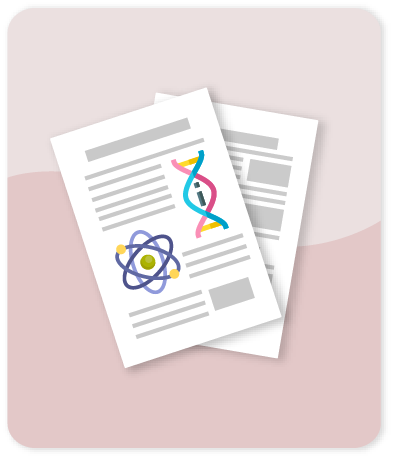Formation of 2,4-D bound residues in soils: New insights into microbial metabolism

Compartir este ítem
Fecha
2017Autor
Botero L.R.
Mougin C.
Peñuela G.
Barriuso E.
Citación
Metadatos
Mostrar el registro completo del ítemResumen
The microbial contribution to the formation of bound residues in soils is studied by characterizing the metabolic activity of three microorganisms (Trametes versicolor, Fusarium solani and Ralstonia eutropha) on 14C-2,4-dichlorophenoxyacetic acid (2,4-D) during incubation in synthetic liquid media and soil. A fractionation protocol was applied to quantify the 14C-2,4-D that was incorporated into the biomass among biomolecular-like fractions. Successive fractionation of microbial biomass was implemented to break up and quantify the methanol/dichloromethane fraction (corresponding to the 14C-lipid-like fraction), the trichloroacetic acid fraction (or hydrolysed 14C-polysaccharide-like fraction) and the acid hydrolysable fraction (or the hydrolysed 14C-protein-like fraction). Relevant differences in the 2,4-D degradation and biomass radioactivity distribution among the three microorganisms were found. The 14C-protein-like fraction was the most consistent biomass fraction for reflecting the pesticide use capacity of the microorganisms under liquid and soil conditions. 2,4-D and its metabolite 4-chlorophenol were detected in methanol/dichloromethane and trichloroacetic acid fractions of the biomass of microorganisms exhibiting a low capacity to mineralize 2,4-D, thus proving that the microbial participation in the formation of bound residues while conserving the initial pesticide structure under natural soil conditions may be intimately associated with the lipid- and polysaccharide-like constituents. The fractionation protocol differentiates between 14C that is incorporated into biomass as a biomolecular constituent and the pesticide or its metabolites that accumulate in the biomass and thus correspond to the stricto sensu definition of bound residues. © 2017 Elsevier B.V.
Colecciones
- Indexados Scopus [1632]
